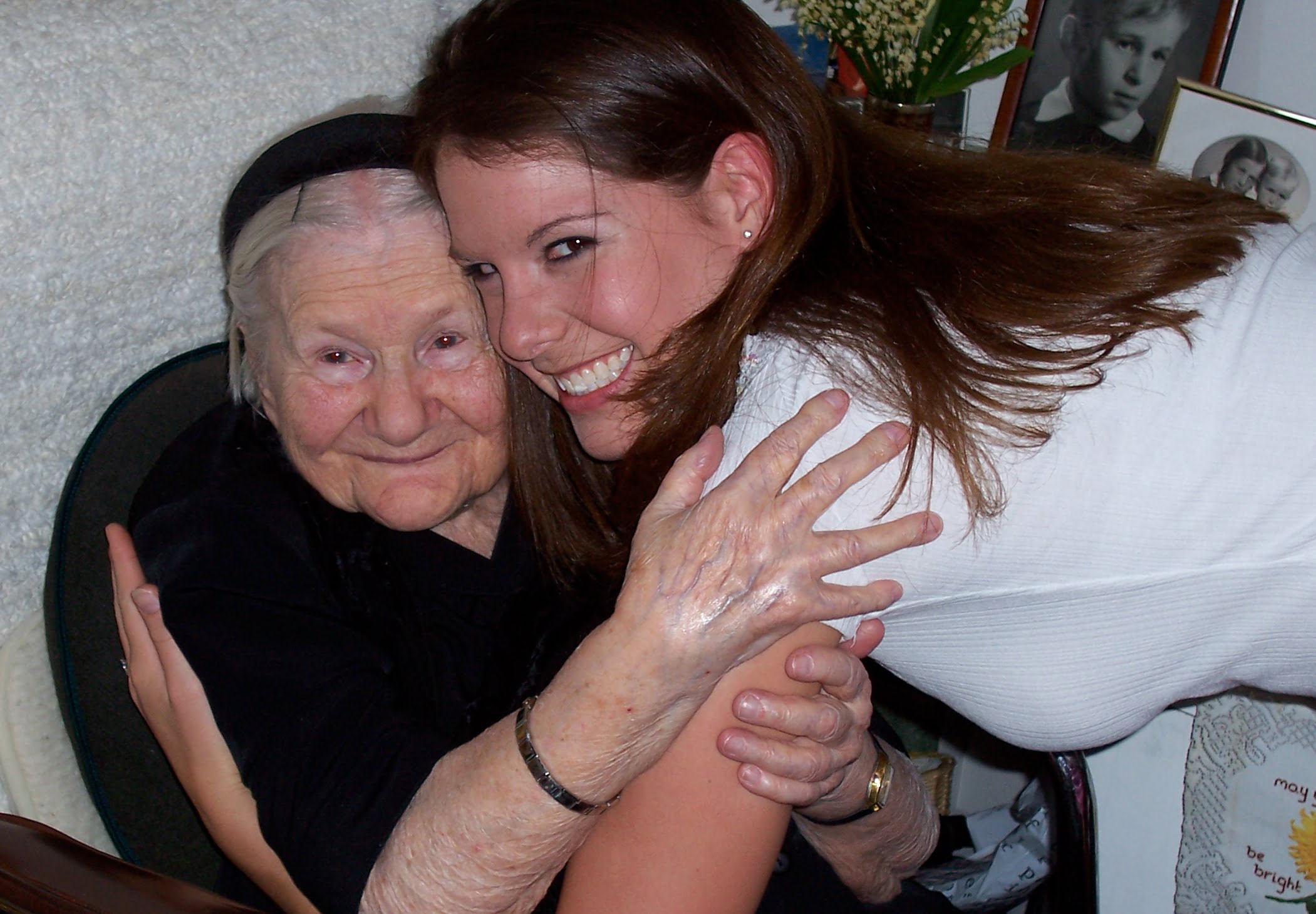“I could have done more. The regret will follow me to my death”. Words spoken by Irena Sendler in 1995 during a documentary about her work during World War II. Those words perfectly sum up the courage, boldness, and sacrifice Irena did during one of the worst wars in Human history. When the War first broke out in 1941, Irena was just a 29 year old social worker. In Poland, Irena was known as Sendlerova and Jolanta, the latter being the pseudo name she used when smuggling Jewish children out of Poland and saving their lives.
When Germany occupied Poland, Irena took advantage of her work as a social worker to help the Jews, as she had access to the Ghetto where Nazi kept Jews. The ghetto, with lack of medical supplies and food, was a breeding ground for epidemics and deaths. In those dark times, Irena, with a friend of hers and an organization behind her, smuggled around 2,500 children out of the ghetto, provided them with false identity documents, shelter and families outside.
Irena died in May 2008, but her work will never be forgotten, not by Israel, not by many humanitarian people around the world.
World War II Work
During World War II, Irena joined the Council for Aid of Jews, called also Zegota. The council was created in the fall of 1942, and Irena became one of its main activists and leaders. The organization was created too late, as more than 250,000 Jews were already deported from Warsaw, the capitol of Poland to Treblinka, the infamous Nazi camp.
However, Zegota and Irena managed to help play crucial role in saving the remaining Jews, especially children who had survived the deportations.
Saving Children
Irena one famously said “I was taught that if you see a person drowning, you must jump into the water to save them, whether you can swim or not.” And jumping she did. Irena was personally responsible for saving more than 2,500 children from the Ghetto. She used her work as an advantage.
To enter the Jewish Ghetto, Irena obtained official passes from doctors for herself and her friend and co-conspirator, Irena Schultz. The two of them visited the Ghetto on a daily basis, providing families with food, money, clothing and medicines. The conditions in the Ghetto were awful, and as a result, more than 5,000 people were dying each month from diseases and starvation.
Sendler was a young mother herself, and she took it upon herself to help children from the Ghetto get outside, and provide them with second chance for life.
Irena used the codename Jolanta when entering the ghetto. She had to find something to identify herself with Jews, so she wore a Star of David armband. She used coffins, sacks, and suitcases to transport them out of the Ghetto. She used her friends in the medicine network to help her. For example, she transported children using an ambulance car. The children were hidden beneath the stretches in the back, and the driver used his dog, placing the dog in the front seat and training the dog to bark when children cried.
Irena helped provide new identities for the children and place them with sympathetic families, hospitals and orphanages where they were given a second chance for life. She also taught old enough children Christian prayers, so they can hide themselves and their Jewish heritage should not be suspected.
But it wasn’t as easy as it sounds. Irena recalled that there were terrible scenes. “We witnessed terrible scenes. Father agreed, but mother didn’t. We sometimes had to leave those unfortunate families without taking their children from them. I’d go back there the next day and often found that everyone had been taken to the Umschlagsplatz railway siding for transport to the death camps.”
Irena goes underground
By the end of 1943, the German police and Gestapo found out about Irena and were able to arrest her. She was arrested on October 20 and sentenced to death to Pawiak prison. However, Irena won’t stay there for long.
The police had evidence of large sums of money paid to people helping Jews, and the activities of Sendler and the organization Zegota.
She was released her shortly after going to prison, as some underground activists managed to find money, and bribe officials. Released in February 1944, Irena continued her work helping Jews, but did so from the underground. Irena was not even able to attend her mother’s funeral as she had to keep low identity and hide in cover.
Legacy
For her work during the World War, Irena Sendler has received many awards and recognitions. The highest award came in 1965, when was recognized by an organization in Israel, Yad Vashem as the Polish Righteous among the Nations. The organization planted a tree at the entrance of the Avenue of the Righteous. Sadly, Irena was not allowed by the Polish government to travel to Israel and receive her recognition in person.
Israel continued to cherish Irena, as she was named honorary citizen in 1991 and in 2001 she received the Commander’s Cross with Star.
For many people around the world, her achievements were unknown. All changed in 1999, when students at high school in Kansas produced a play based on the story of Irena. The play contributed people around the world to find out about one of the biggest heroes during the World War II. The play of the high school children received a TV adaption when the movie “The Courageous Heart of Irena Sendler” was published in 2009.
Irena received recognition from other notable people around the world, including Pope John Paull II, who sent her a personal letter in 2003, praising her humanitarian efforts. She has been nominated for Nobel Prize three times, in 2006, 2007 and 2008, but never won the prestigious award.
Poland finally recognized her contribution in 2003, when Irena was awarded Order of the White Eagle, which is highest civilian decoration in Poland.



